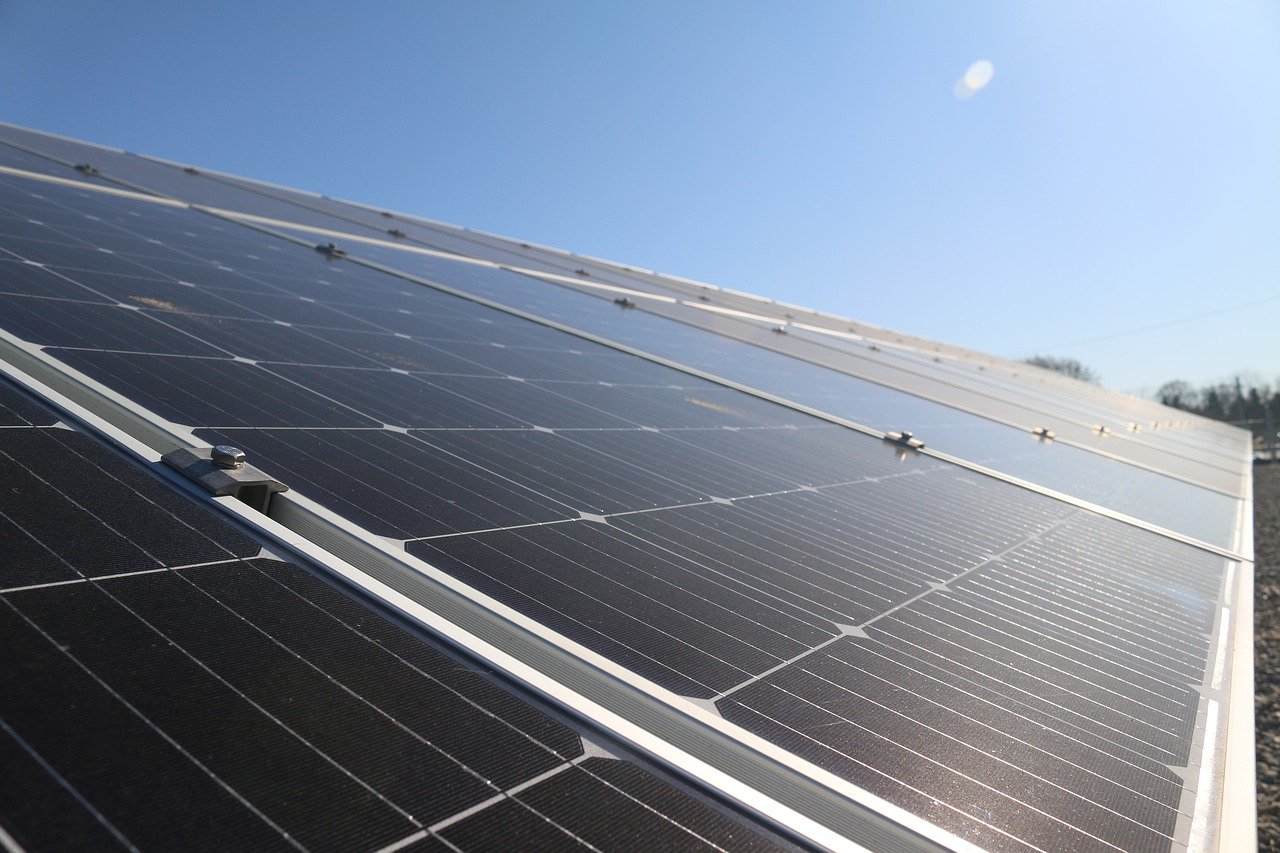The growth of community solar in Minnesota has highlighted the major economic benefits brought about by the community solar model. For years, nonprofit organizations and local activists have been pushing for increased access to clean energy via projects such as community solar gardens. The community solar model provides those who are unable to install solar panels at their own property with access to the economic benefits of solar energy. These economic benefits come in the form of utility bill credits, positively impacting the financial wellbeing of local communities.
The Major Impact of Minnesota Community Solar
Minnesota is one of the best examples of a state that has embraced community solar for the betterment of local communities. Thanks to huge demand for solar and an ever-expanding solar sector, the state has been leading the way for community solar deployment—and reaping the rewards as a result.
In Minnesota, 30 utility companies offer community solar options, with over 200 community solar projects serving upwards of 14,000 subscribers in MN. These impressive subscriber numbers translate into significant economic benefits for the local community. A 2019 report on Minnesota community solar shows that community solar:
- Pays $5 million per year to landowners through lease and royalty payments
- Generates $1 million per year for counties and towns via the Solar Production Tax Credit
- Increases property tax revenues by over $2 million annually
Furthermore, job creation arising from these community solar projects is an important economic driver for the state. At the time of the aforementioned report, the installation and maintenance of community solar gardens in Minnesota had created over 4,600 jobs— making ‘solar installer’ the fastest-growing job in MN. It’s not exclusive to Minnesota either, other states have reported impressive job growth resulting from community solar development. New Jersey has anticipated that further construction of community solar projects will lead to 1,778 full-time jobs, while the installation of 250 MW of community solar in Maine would create 553 sustained jobs during construction, paying an average wage of $27 per hour.
Community Solar vs Utility-Scale Solar
In terms of job creation, community solar has a distinct advantage over utility-scale solar. While both contribute economically, the smaller scale of community solar necessitates a greater number of workers, leading to more job opportunities. As David Shaffer, former executive director of the Minnesota Solar Energy Industries Association, says, “You need more people to install 300 megawatts of 1 megawatt gardens than 300 megawatts of a single utility-scale project.” This is because the 300 MW of community solar gardens are spread out over dozens and dozens of different developers, with each developer using their own engineering, procurement and construction (EPC) firms, legal teams and other ancillary services. This leads to job creation in related industries, and a wider spread of employment. Contrast this to a 300 MW utility-scale project with one developer and one EPC, limiting the scope of job creation. 
The Long-Lasting Economic Benefits of Community Solar
The construction phase may see the most significant economic impact of community solar, but the economic benefits to the local community continue long after the installation is completed. Over the next 25 years, 354 Minnesota landowners will receive $182 million in leases and royalties. Elsewhere, it is estimated that 450 MW worth of New Jersey community solar projects installed between 2019 and 2021 will yield an average of $48.5 million in economic benefits annually throughout their lifespan. On top of this, community solar gardens generate additional tax revenue without impacting municipal budgets as they do not require services such as snow removal, water & sewer infrastructure, law enforcement or road maintenance, which are typically taxpayer-funded.
The Importance of Community Solar Legislation
If states nationwide are to benefit from community solar in the manner that Minnesota has, then it is vital that pro-solar legislation is enacted. Back in 2013, Minnesota introduced solar legislation, including a bill focused on the development of community solar. 216B.1641 required the state’s largest utility, Xcel Energy to submit a plan to operate a community solar garden representing at least 200 watts of capacity and offsetting the energy use of at least 5 subscribers. From this initial push for pro-community solar legislation, the state has grown to become an example of the kind of economic benefits the community solar model can deliver. If other states are to follow suit, they will need to be proactive in passing legislation to support the growth of community solar, and the solar sector in general.
Are you interested in community solar? Reach out to YSG today. We will identify the ideal community solar project for your energy needs and guide you through the entire process from start to finish to ensure the biggest savings on your utility bills. Call the office at 212.389.9215 or send us an email to learn how much you could save when you sign up to a community solar project.
YSG Solar is a project development company responsible for commoditizing energy infrastructure projects. We work with long-term owners and operators to provide clean energy assets with stable, predictable cash flows. YSG's market focus is distributed generation and utility-scale projects located within North America.
Sources:
https://votesolar.org/wp-content/uploads/2021/01/VS-Minnesota-Solar_Gardens-2019-Report.pdf

